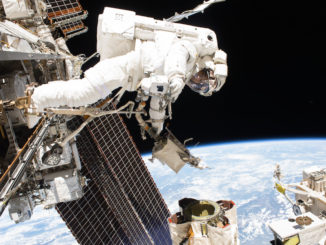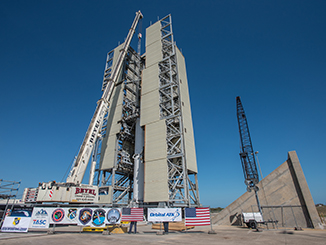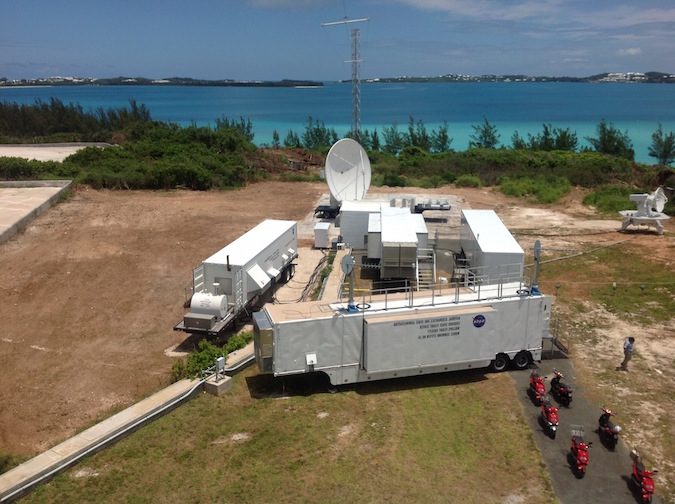
The threat from Hurricane Nicole churning toward a tracking station in Bermuda will keep Orbital ATK’s Antares rocket from launching on a space station cargo run until at least Sunday, officials said Tuesday.
The Antares launch from Wallops Island, Virginia, will carry more than 5,000 pounds of supplies and experiments inside a commercial Cygnus supply ship in pursuit of the International Space Station.
The logistics flight was previously set to blast off Friday, after an earlier delay partially prompted by emergency preparations for Hurricane Matthew at the launch site, along with an issue encountered during final flight preparations.
That storm turned out to sea and did not affect the Wallops launch base, but a different hurricane now stands in the way of the launch.
Hurricane Nicole is forecast to pass over or near Bermuda on Thursday as a Category 2 storm with maximum winds near 105 mph, based on an outlook issued Tuesday night by the National Hurricane Center.
The 133-foot-tall (40-meter) Antares booster will soar toward the southeast from pad 0A at the Mid-Atlantic Regional Spaceport, a state-owned facility on Virginia’s Eastern Shore, on a track to catch up with the space station. Once the rocket flies over the horizon, a ground station in Bermuda will monitor the flight’s progress, including for the critical phase when the Antares’ solid-fueled upper stage deploys the Cygnus spacecraft in orbit.
The Bermuda ground station is also required to ensure range safety officials can activate the rocket’s flight termination system in the event of a failure.
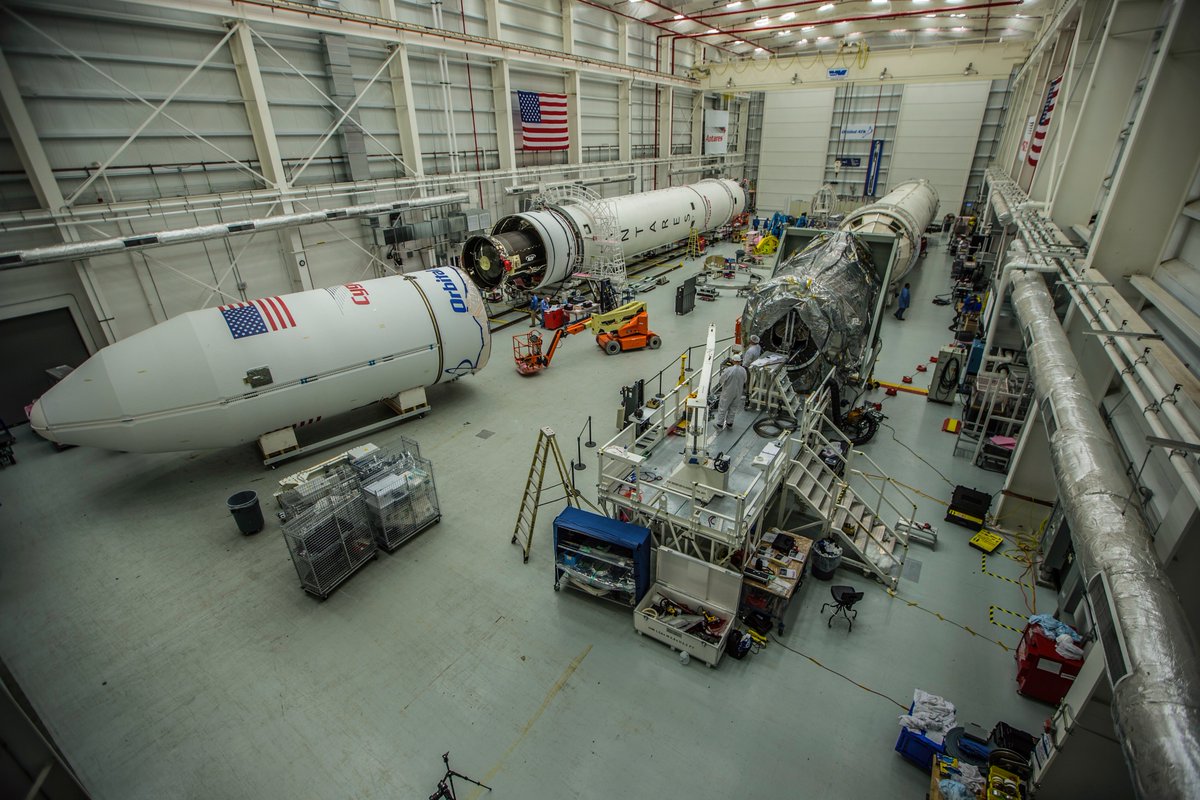
“The tracking station at Bermuda is required to conduct the Antares launch from Wallops,” said Steven Kremer, chief of NASA’s Wallops Flight Facility’s Range and Mission Management Office. “The ability to support a launch will depend on the impact the storm has on not only our systems, but also the overall Bermuda infrastructure.”
Wallops officials first deployed the mobile tracking station in 2012, ahead of the inaugural Antares rocket launch in April 2013, following the signature of an agreement between NASA and the government of Bermuda. The telemetry, radar, command and control facility is located on Cooper’s Island, Bermuda, near the territory’s main airport.
During a typical launch campaign, an operations team of around 10 people deploy to Bermuda to configure the tracking station, monitor the rocket’s flight overhead, then pack the systems for shipment back to Wallops, according to a NASA press release.
If the Antares rocket is cleared for liftoff Sunday, the launch is timed for 8:03 p.m. EDT (0003 GMT). The Cygnus supply ship’s arrival date at the space station is still under review.
The Antares rocket is ready to roll out of its Horizontal Integration Facility to the launch pad later this week.
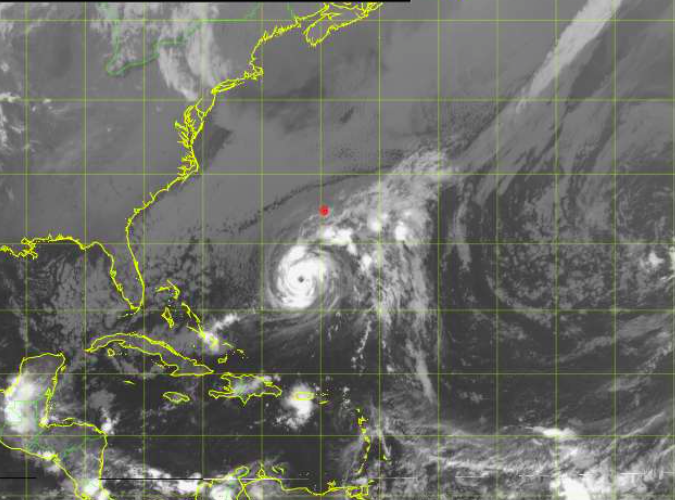
Technicians loaded the final cargo items into the Cygnus spacecraft’s pressurized cabin last week and closed the hatch.
The upcoming launch will mark the first launch of an Antares rocket in nearly two years.
The last time an Antares rocket lifted off from Wallops on Oct. 28, 2014, an engine failure seconds into the flight brought the booster down in a fiery crash on the launch pad, destroying a supply package heading to the space station.
Orbital ATK has replaced the AJ26 first stage engines blamed for the 2014 launch failure with new RD-181 engines. They burn the same liquid propellant mix and produce slightly more thrust than the old engines, simplifying changes to already-built Antares boosters and giving the rocket additional cargo capacity.
In the meantime, Orbital ATK purchased two rides for its Cygnus cargo craft from Cape Canaveral on United Launch Alliance Atlas 5 rockets to continue supply deliveries to the space station while engineers redesigned the Antares propulsion system.
The Virginia-based company has contracts from NASA for at least 17 cargo missions through 2024. This flight will be the sixth launch of an Orbital ATK logistics mission to the space station.
NASA is eager for Antares launches to resume with the agency’s other commercial cargo transportation contractor, SpaceX, grounded following a rocket explosion on the launch pad Sept. 1.
Email the author.
Follow Stephen Clark on Twitter: @StephenClark1.

